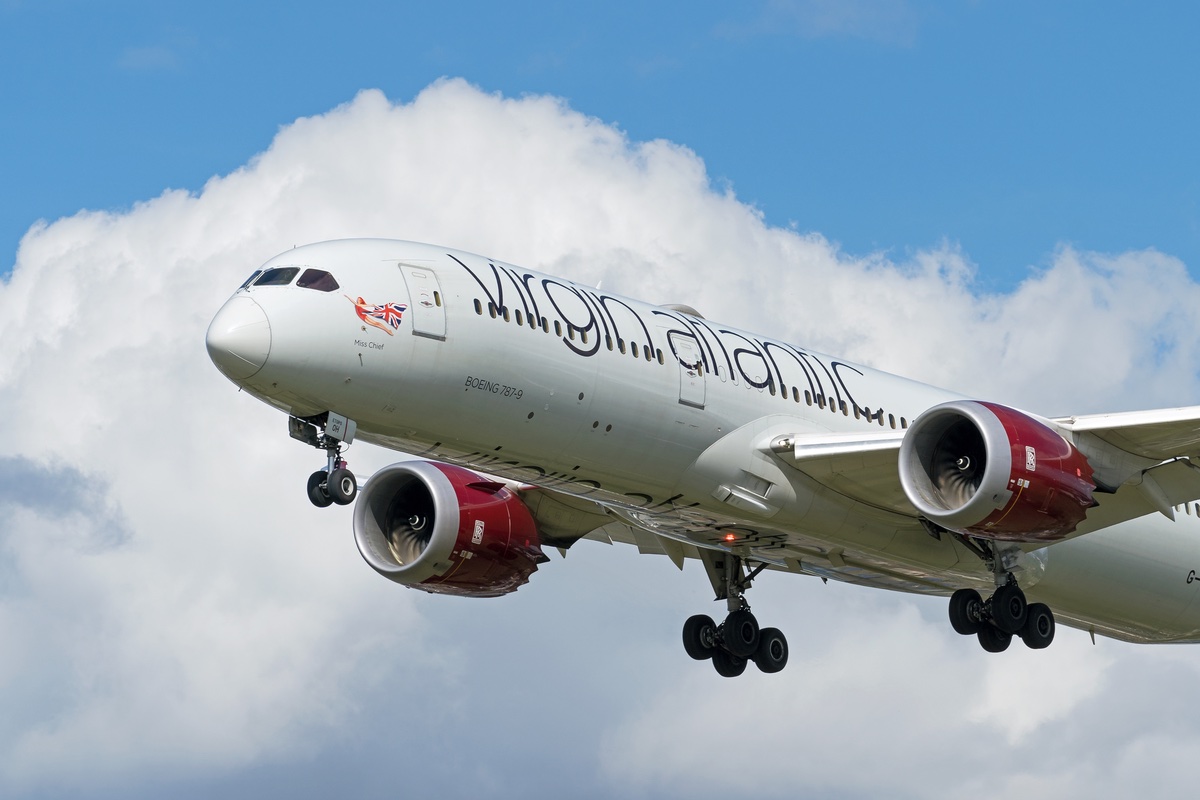Japan's Mount Fuji Caps Visitors and Adds Fees on Overcrowded Trail to Summit

Skift Take
This summer, tourists will no longer have free access to the popular Yoshida Trail that goes to the summit of Mount Fuji, Japan's most iconic peak. On Monday the trail became a testing ground for a new approach to containing overtourism — one that tries to balance access to natural wonders with the pressing need for conservation.
Authorities began charging a new mandatory fee of 2,000 yen (around $12) to climb Mount Fuji on the most popular trail, according to Yamanashi Prefecture, the local government. Authorities have also set up a new reservation system and an entry gate to enforce the cap.
In an interview with Skift, Eri Hirose, a senior director at the Japan National Tourism Office, said the measures are necessary for maintenance and to protect the mountain from congestion and overcrowding.
The small new toll itself may not deter overtourism on this route to Mount Fuji as much as a new daily cap of 4,000 hikers a day. The goal is to reduce tourism on peak days. On some days last year, the number of hikers well exceeded 4,000 a day, even though the average through the season was only about 1,900 a day.
On its first day, 1,129 people made reservations, reported Asahi Shimbun, a leading national newspaper. Nearly 1,700 entered the mountain through the newly set up gate.
Income from the tolls will go towards trail management, maintenance, safety measures and guides, reservation observation expenses, and emergency services. Some tourists have been leaving trash and damaging the mountain, the Associated Press reported.
The government also wants to encourage climbers to take more breaks. For those seeking to reach the summit, it's now required to reserve an overnight spot at a mountain hut. Trailheads will also now be closed for the first time to prevent overnight hiking.
There are a few other less popular trails up Mount Fuji that remain unrestricted.
Mount Fuji is one of Japan’s most popular attractions and a bucket list attraction. Visitors can clog up spots on the mountain to take the best shots of themselves and post them on Instagram, said Hirose. Last year, local authorities proposed a light rail project to transport visitors to the mountain and discourage vehicle use.
Japan is undergoing a tourism boom. A big boost has come from the weakness of the Japanese yen to the U.S. dollar— its lowest in 37 years.
Nearly 14.6 million visitors came to Japan between January and May, up 6.5% from last year, according to the Japan National Tourism Organization.
To combat overtourism, some attractions and restaurants have started to or are considering charging foreigns more than locals. Himeji City Mayor Hideyasu Kiyomoto proposed to raise its entry fee to visit Himeji Castle from around $6 to $30 for foreigners.




